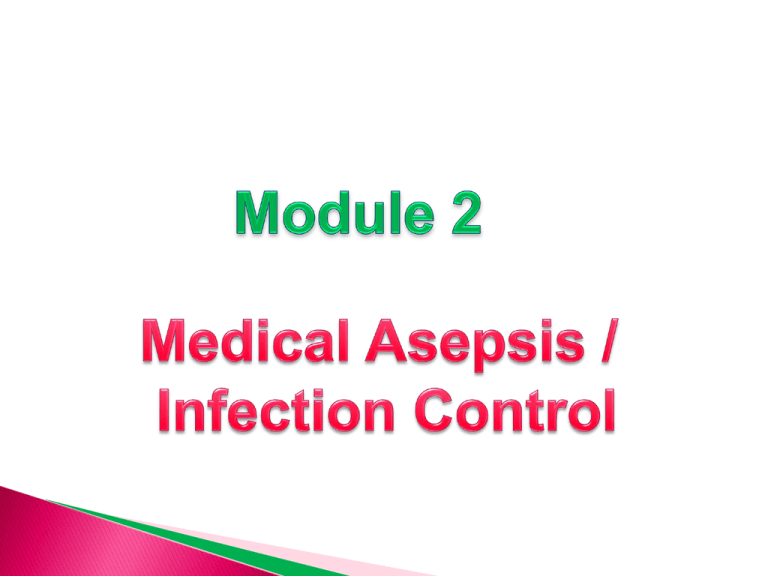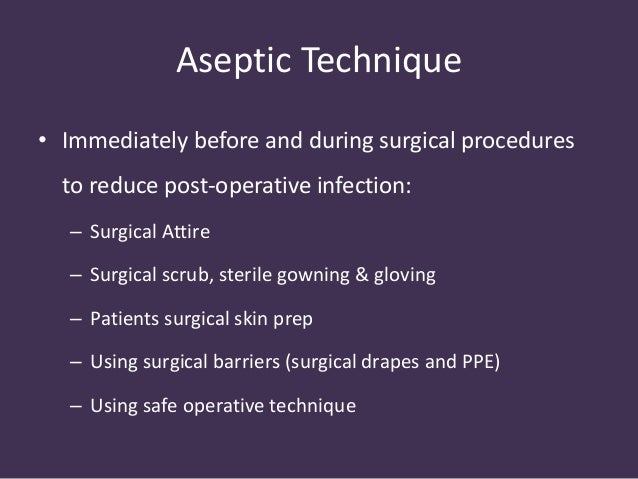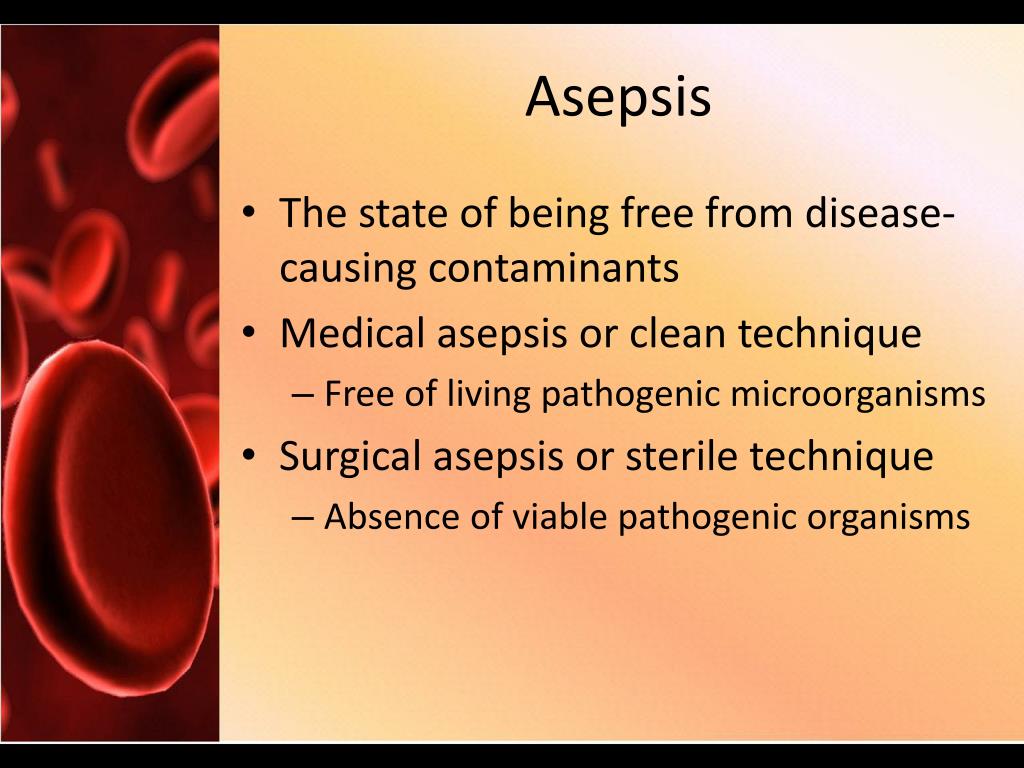



(n.d.) /curriculum-library/Theory/01%20Medical%20Theory/Asepsis/Aseptic%20Techniques.pdf You can learn more about how we ensure our content is accurate and current by reading our editorial policy. Healthline has strict sourcing guidelines and relies on peer-reviewed studies, academic research institutions, and medical associations.

The goal of the aseptic technique is to eliminate germs entirely. Healthcare providers learn both aseptic and clean techniques as part of their training. However, some situations call for aseptic technique while others call for clean techniques. Keeping the environment as clean as possible is always important in preventing infections. If even one part of the aseptic technique is missed during catheter insertion, the patient can easily get an infection. Contact guidelines: Healthcare providers take great care not to touch any nonsterile surface with the hand that advances the catheter into the patient’s urethra.Environmental controls: Only one or two providers and the patient are in the room.
#Asepsis means killing of all skin#
They prepare the patient’s skin with a special solution. Patient and equipment preparation: They open sterile packaging that contains the sterile catheter.When healthcare providers insert a catheter, they demonstrate all four aseptic techniques in action: These catheters drain urine from the bladder and are associated with catheter-associated urinary tract infections (CAUTIs). They should avoid touching nonsterile items at all costs.Ī common procedure that carries a risk for infection is inserting a urinary catheter. Once healthcare providers have on sterile barriers, they should only touch other sterile items. The more people present, the more opportunities for harmful bacteria to cause contamination. Only necessary health personnel should be at the procedure. Maintaining a sterile environment requires keeping doors closed during an operation. To further protect the patient, they apply cleansing and bacteria-killing preparations to the patient’s skin before a procedure. Healthcare providers also use sterile equipment and sterile instruments. Healthcare workers put them on or use them in specific ways that minimize exposure to germs. They’re specially packaged and cleaned items. Sterile barriers are those that have not touched a contaminated surface. masks for the patient and healthcare provider.Some barriers used in aseptic technique include: Barriersīarriers protect the patient from the transfer of pathogens from a healthcare worker, from the environment, or from both. Each plays an important role in infection prevention during a medical procedure. According to The Joint Commission, there are four chief aspects of the aseptic technique: barriers, patient equipment and preparation, environmental controls, and contact guidelines.


 0 kommentar(er)
0 kommentar(er)
